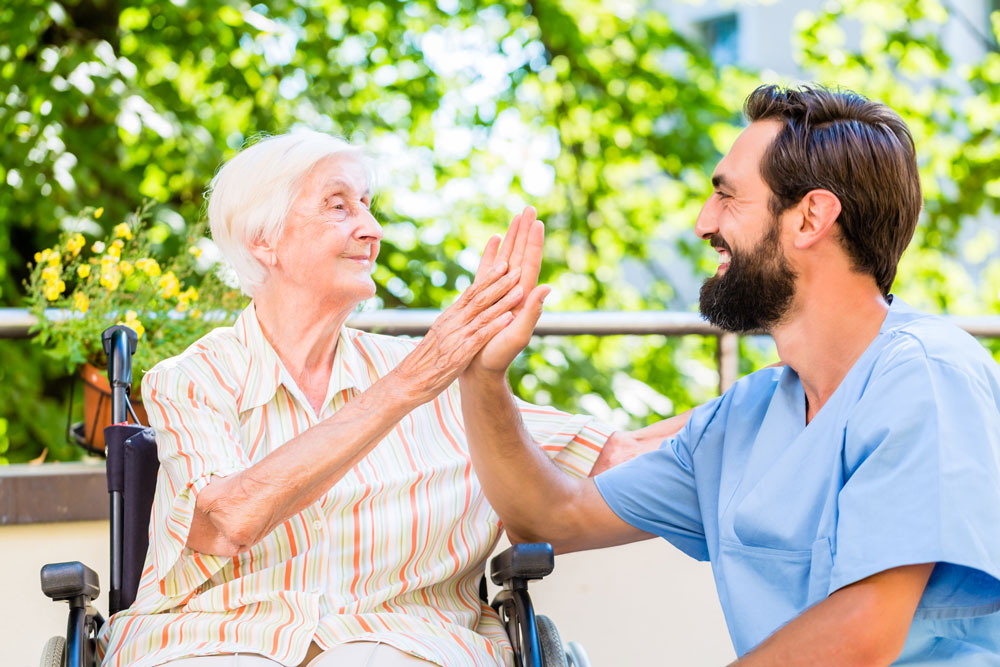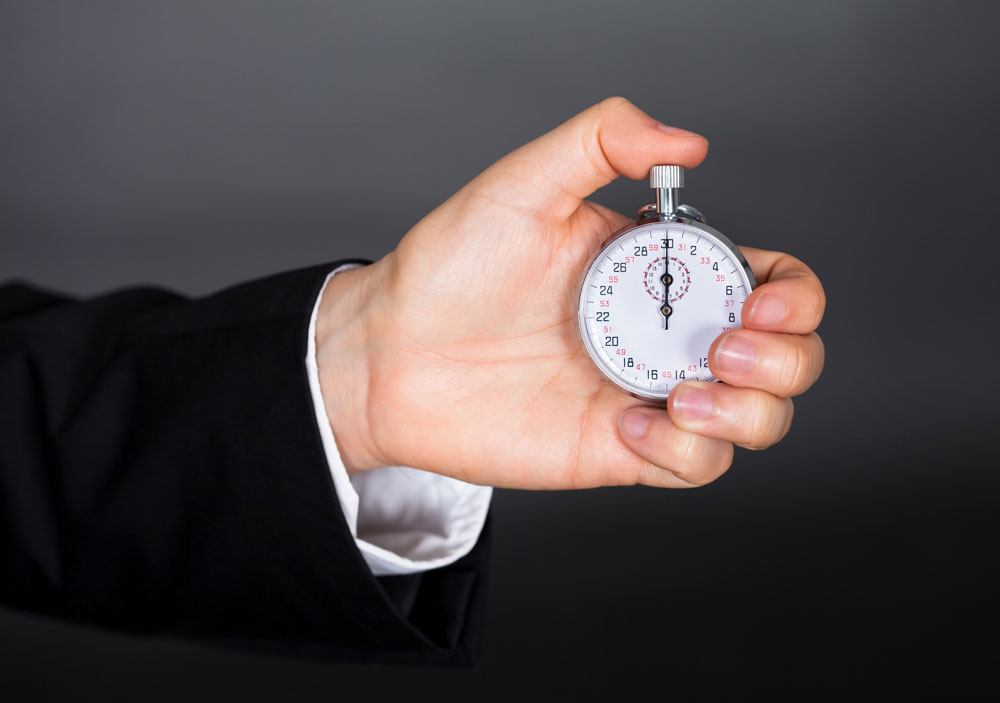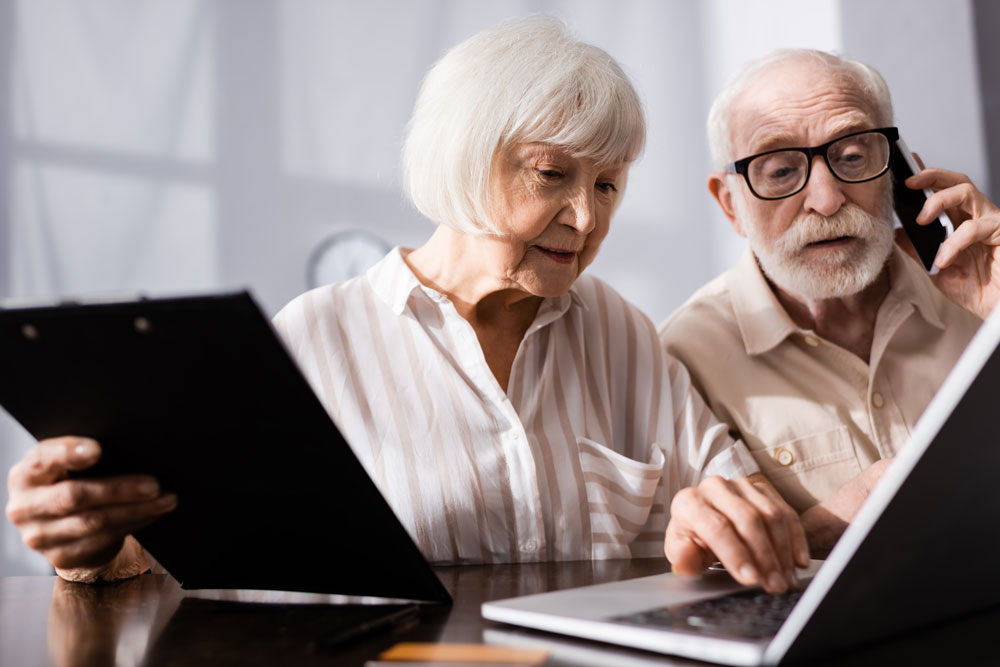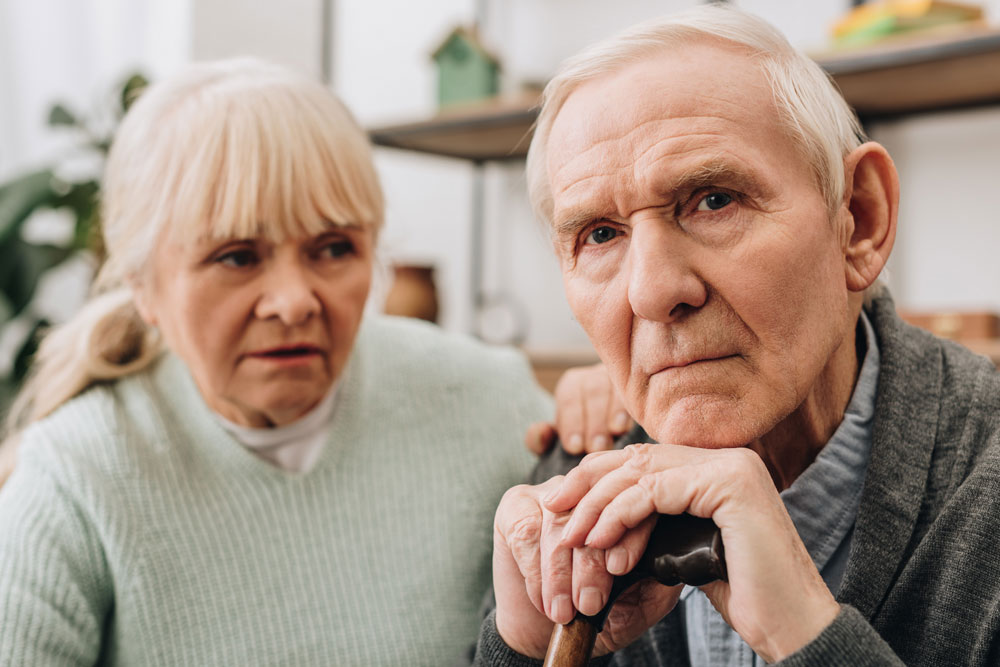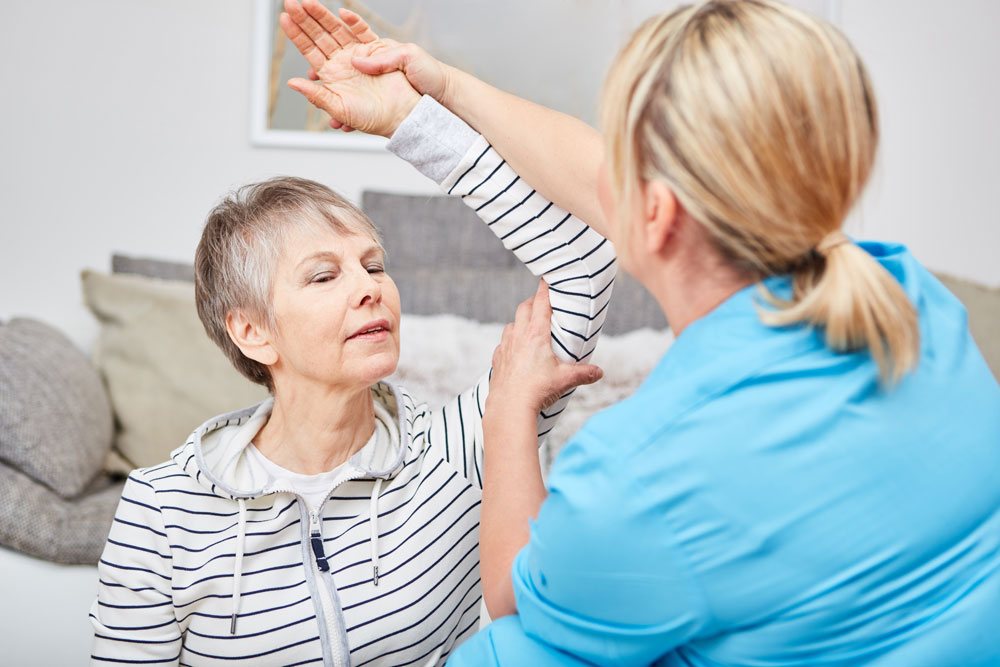Do you have a clear routine for handling fall injuries - a step by step guide
This article is written from a Swedish perspective, but hopefully it can inspire people from other countries.
Falls cause many deaths each year. Injuries from falls should always be examined by a licensed nurse for an assessment of the need for doctor contact. Do you have good routines for examining fall injuries?
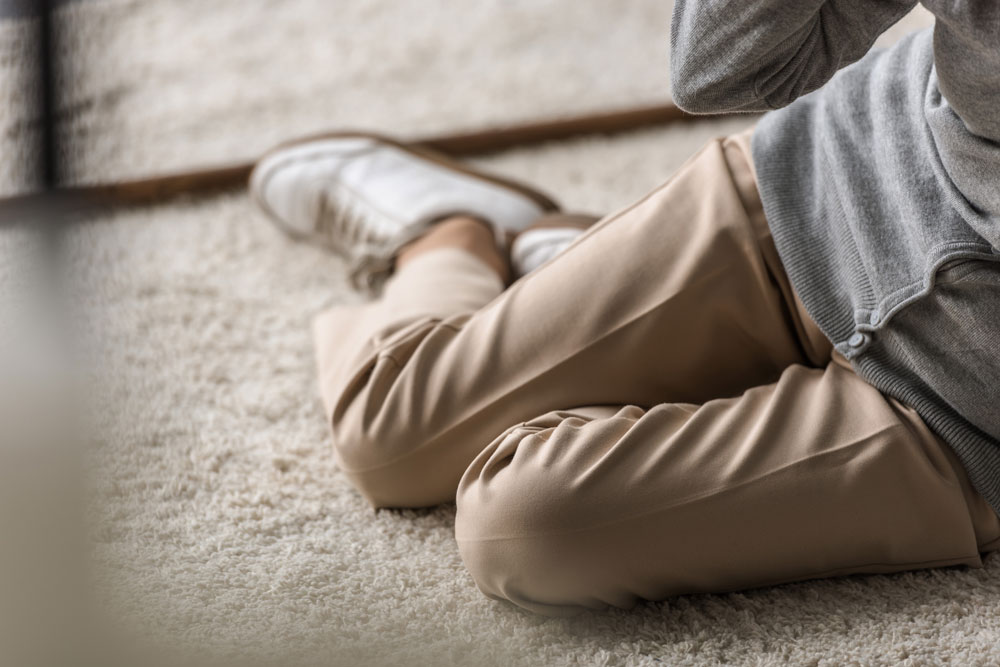 Foto: Mostphotos
Foto: MostphotosEmergency Care for Fall Injuries
If there has been a severe blow to the head, the resident may have a skull injury. Skull trauma should always be treated urgently by calling 112.
The first step is to quickly assess the person's condition. If there are injuries that require emergency medical attention, immediately call for help and ensure that the person is safe and comfortable until help arrives. Perform first aid if necessary and ask the person not to move if they feel pain.
When assessing the injury, it is helpful to know if any of the staff saw how the fall occurred. It makes a big difference whether the person fell helplessly or slipped out of a chair. In uncertain situations, it is best if the resident can lie on the floor waiting for the nurse's assessment. The nurse also needs to know if the resident is taking blood thinners or has previous fractures. If a physiotherapist is available, they can also examine the person who has fallen.
Examination of Fall Injuries
When examining someone who has fallen, it is helpful if they try to move body parts themselves while you assess.
- Can they move their feet and legs without pain
- Are the legs the same length or does one leg appear shorter - hip fracture
- Are the knees swollen
- Can they move their hands and arms without pain
- Are there bruises or injuries on the body
- Is the head uninjured or are there bruises, bumps on the head
- Does the resident have a headache, double vision or other signs of a skull injury
- Is there suspicion of a stroke. Does the resident have strength in their hands and are they equally strong
- Can the resident stand and walk
- Check vital parameters: pulse, blood pressure, respiration, temperature and oxygen saturation.
If you cannot rule out a fracture - consult with a doctor or send to the emergency department for examination. Document the entire examination process carefully. Ensure that the fall is followed up. Ask staff to observe for headache, nausea, double vision or signs of pain.
Use a lift to pick up a person lying on the floor. Ensure that the person who discovered the fall writes a fall injury report. Document in the journal.
Documentation and Reporting:
All falls should be carefully documented, including time, place and circumstances surrounding the fall. This is important to ensure proper follow-up and to identify potential risk factors for future preventive measures. Also report the fall to the responsible staff and any relatives.
Evaluation of Causes and Risk Factors:
After the person has received necessary emergency care, the staff should evaluate the causes of the fall. This may include identifying factors such as uneven floor surface, lack of lighting or medication effects that may have contributed to the fall. Understanding these factors is crucial to preventing future falls.
Take Action:
Based on the evaluation, the nursing home, in consultation with the resident, should take measures to reduce the risk of future falls. This could include improving safety regulations, implementing regular monitoring of residents, and offering physical exercise to improve balance and strength.
Support and Follow-up:
After a fall, it is important to offer support and follow-up to the affected person. This could include offering pain relief, physiotherapy and psychological support if needed. Continue to monitor the person's health and well-being to ensure that they receive the necessary care and attention they need.
By taking appropriate care and preventive measures, the nursing home can create a safer and more secure environment for residents and minimize the risk of future falls.
Reflection Questions - Fall Injuries
Care Staff:
- Do you have good routines for handling fall injuries?
- Does a nurse come on call?
- Have you had fall injuries where fractures were missed?
- Do you have residents who fall often?
Manager, nurse, occupational therapist and physiotherapist:
- Do you have good routines around your fall injuries?
- Do you have more or fewer fall injuries requiring hospital care than comparable units?
- Do you work with fall deviations in a good way?
- Does team collaboration work in connection with fall injuries?
Residents and relatives:
- Has your relative ever fallen at the residence?
- Were you informed about the fall?
Erland Olsson
Specialist Nurse
Sofrosyne
Better care every day

Aktuellt i media
- 2024-04-25 04:00 04 Bemötande
- 2024-04-22 04:00 01 Kvalitet
- 2024-04-18 04:00 10 Aktivitet o funktionsbevarande arbetssätt
-
2024-04-15 04:00
09 Mat och måltid
Food and fall prevention. How the nursing home ensures a safe and nutritious food handling.
info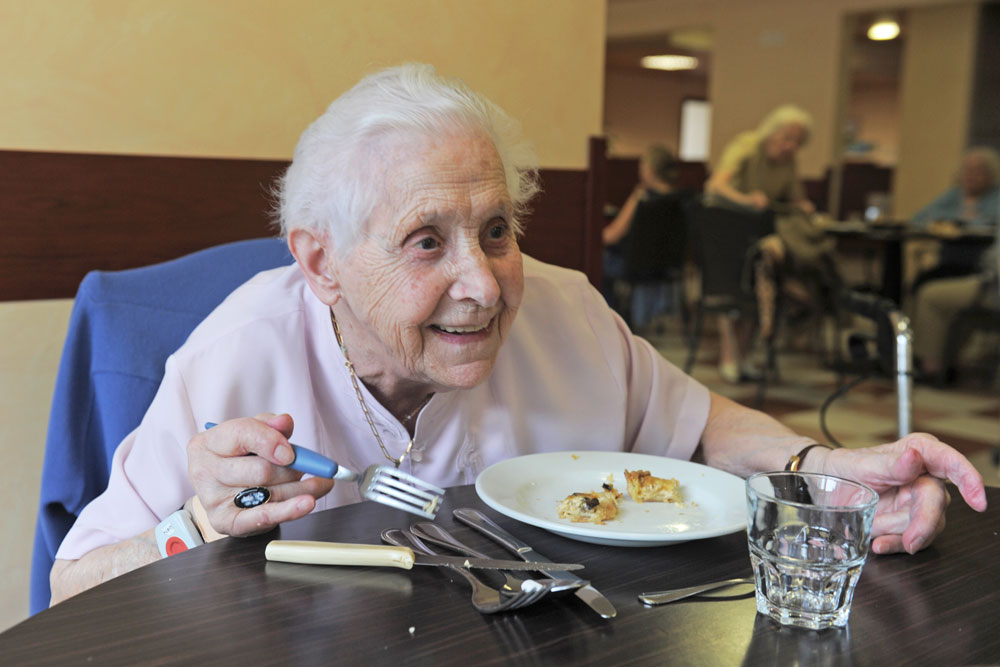 Foto: Mostphotos
Foto: Mostphotos - 2024-04-11 04:00 05 Planering
- 2024-04-08 04:00 10 Aktivitet o funktionsbevarande arbetssätt

